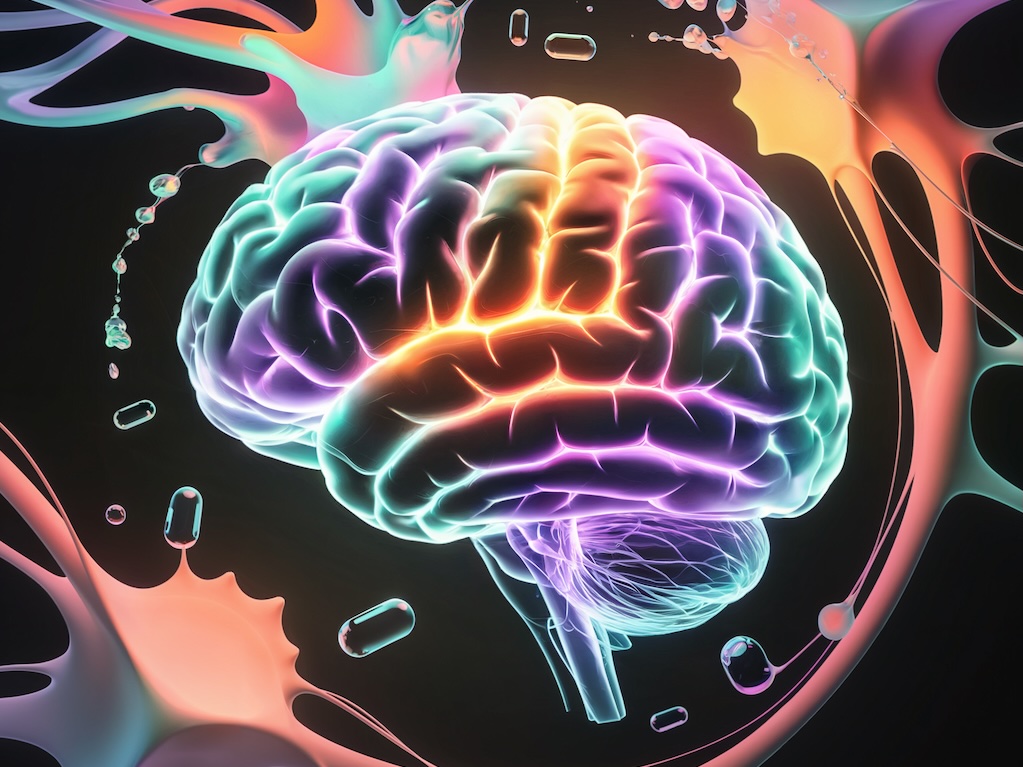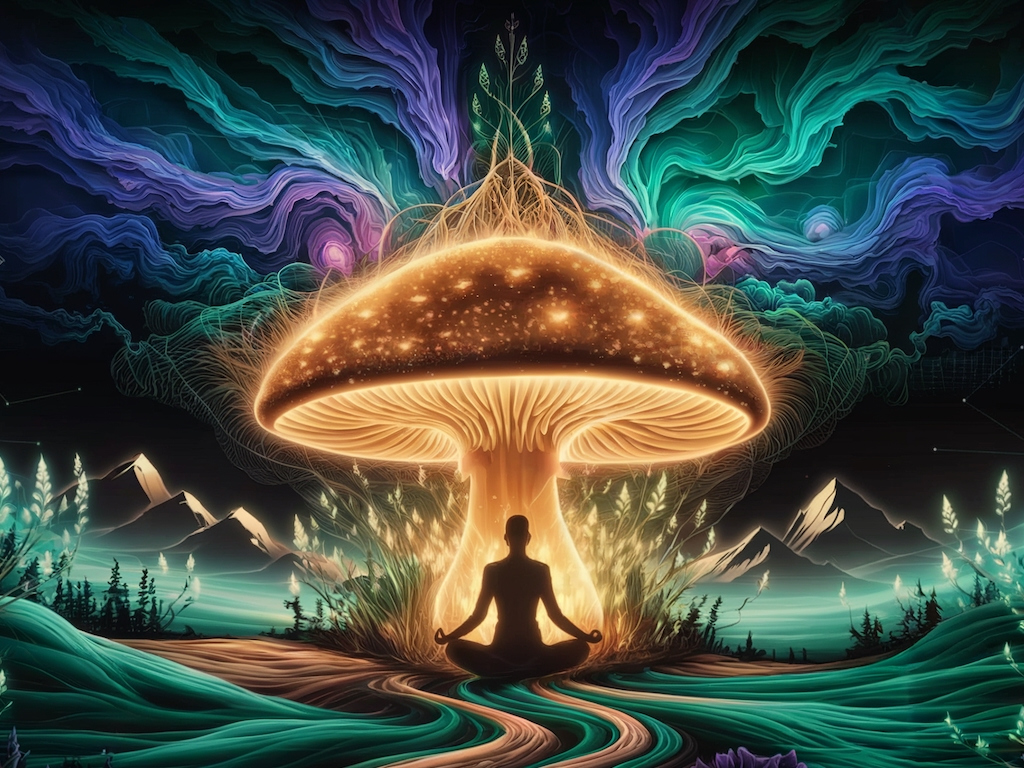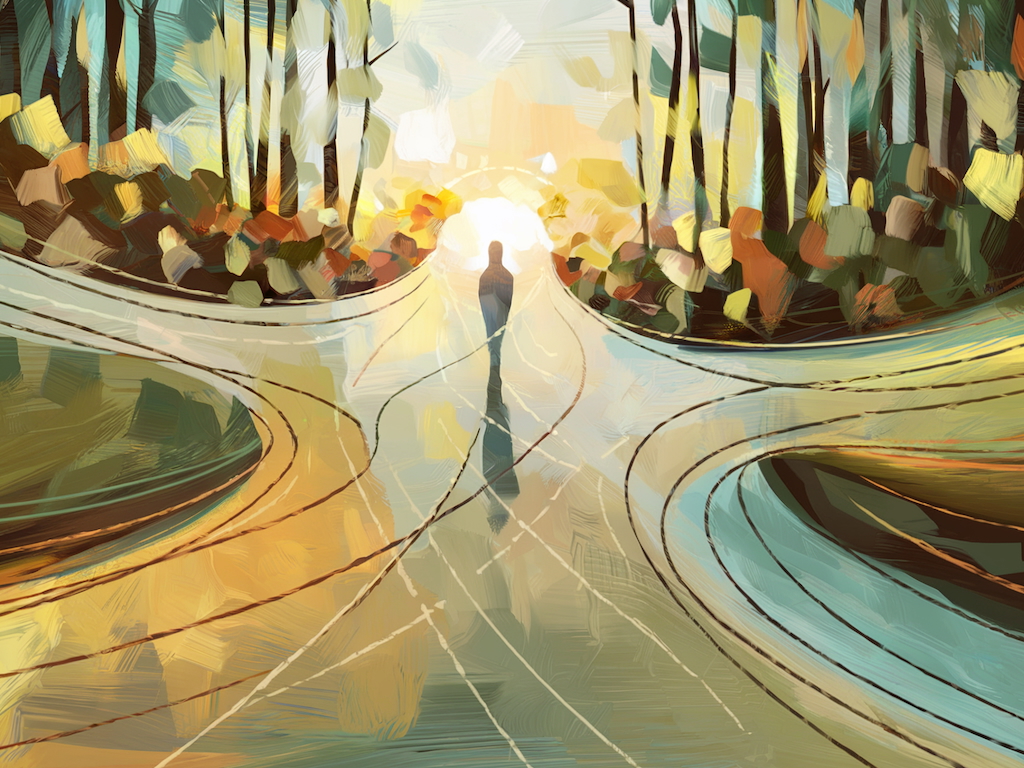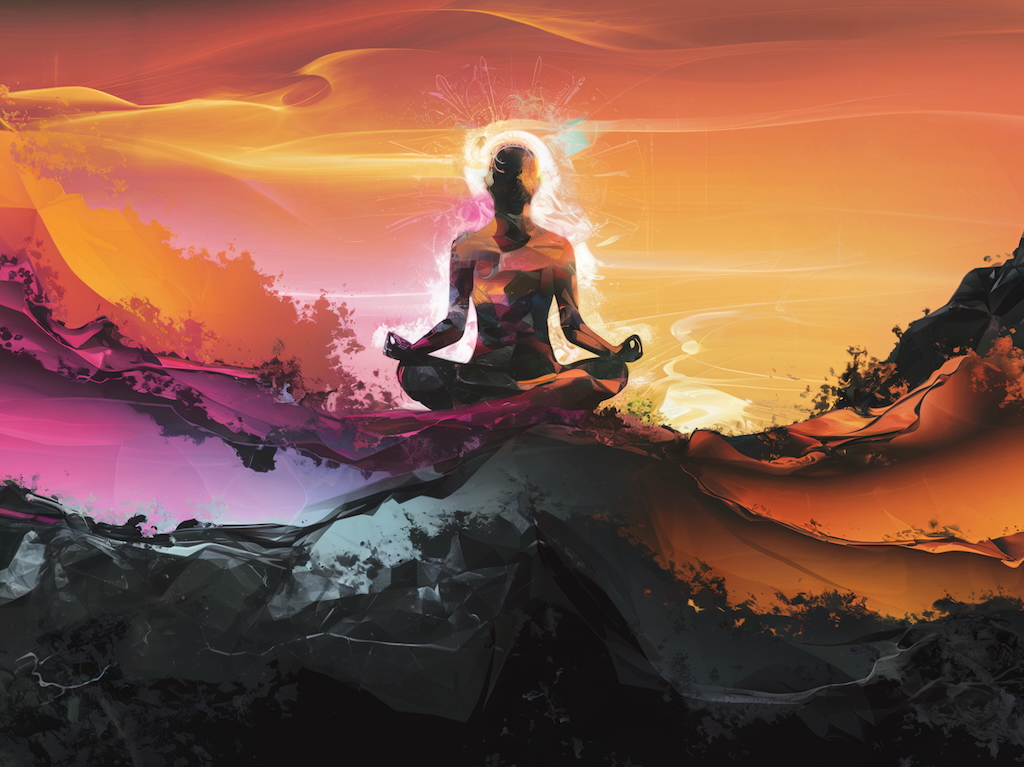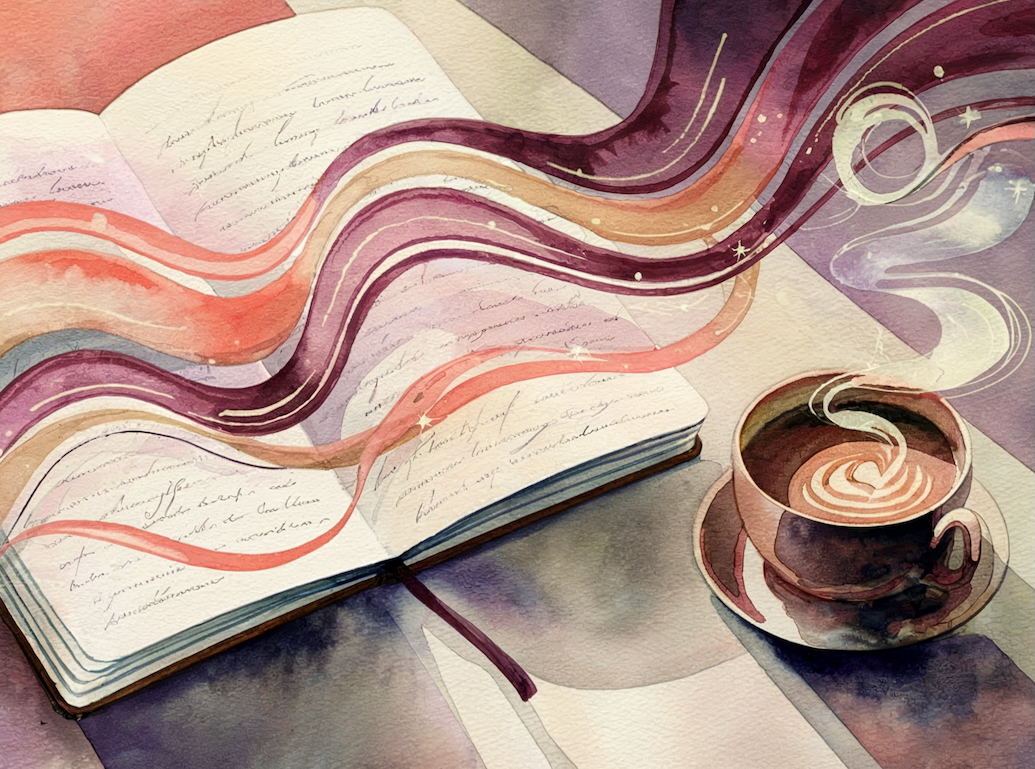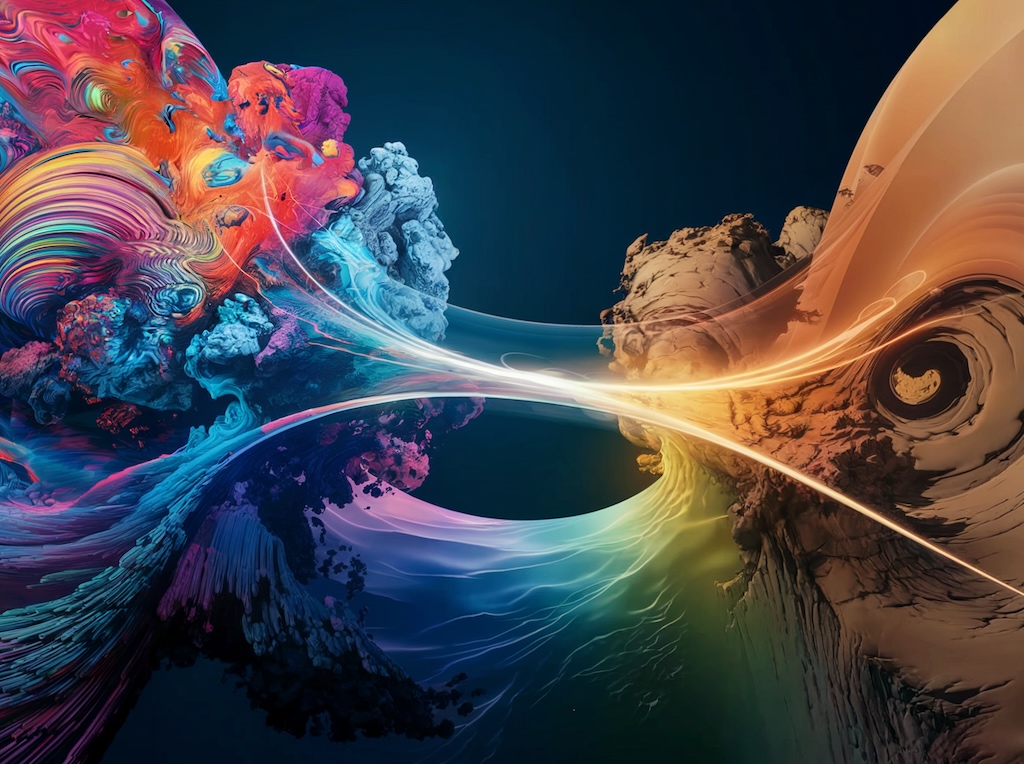
Integrating Journeys: Anchoring Insights Into the Patterns of Everyday Life
Psychedelic journeys, for many, are profound experiences that facilitate healing and sometimes provide profound insights into the nature of existence (and, more personally, our own lives). However, scientific research and traditional wisdom emphasize that the potential benefits of these journeys depend on how we integrate them.
By integration, I mean reflecting deeply on the revelations gained from a psychedelic experience and weaving them into our daily routines. Without integration, insights gained from a journey may fade before they can transform old behavioral patterns or thought processes.
In this guide, I'll be looking at what science tells us about integration and I'll explore a few practices you can easily apply to a past or upcoming journey.
Additionally, feel free to download my Post Journey Experience Workbook. It's designed for use in the critical weeks following your session, when insights are fresh and can be turned into meaningful life changes. Use it in whatever way works best for you.
What Is Psychedelic Integration?
Psychedelic integration is the thoughtful and methodical process of making sense of an experience shortly after it occurs, when our minds, according to research, are most receptive to change.
The first hours and days after a journey experience are critical. It's a chance to capture the fast-fading symbols, ideas, and insights that arrive like a cascading flood in the five to seven hours of a psychedelic journey.
Many integration approaches from both Western and indigenous traditions can be called on. For the curious, this survey in The Frontiers of Psychology offers a comprehensive exploration of most of them. For this guide, I'll focus on two powerful tools I use myself and with clients: journaling and mindfulness.
The beauty of these approaches lies in their accessibility. They demand nothing more than your sincere self-reflection.
Journaling: A Tool for Reflection and Growth
Journaling is a cornerstone of the psychedelic integration process, offering a space to reflect on insights, track emotions, and process complex experiences. While conventional techniques such as daily practice and freewriting are effective, here are seven additional innovative journaling techniques to consider, with practical tips and links to additional resources for further exploration.
1. Question-and-Answer Journaling
Engage in a written dialogue with yourself. Write down a question (e.g., “What am I avoiding?” or “What do I need to focus on today?”) and respond as though you’re having a conversation with a mentor or your higher self. To get you started, try 87 Self-Reflection Questions for Introspection.
2. Sensory Journaling
Revisit your psychedelic experience by focusing on sensory details. Describe specific visuals, sounds, or feelings you recall, and reflect on what they might symbolize or mean in your life. As a starting place, check out these 25 Sensory Writing Prompts to Improve Detail & Description.
3. Gratitude Journaling with a Twist
Write three things you’re grateful for that emerged from your journey or integration process. To deepen this practice, connect each gratitude point to an action. For example: "I’m grateful for clarity about my relationships, so I will reach out to someone I’ve been distant from." Explore the science of gratitude journaling in Positive Psychology’s guide to gratitude journaling.
4. "What If" Journaling
Write as though you’ve fully integrated the insights from your experience. For example:
“What if I were living my life with complete self-compassion?” or “What if I let go of the fear that holds me back?” This speculative writing can inspire practical steps toward embodying your insights.
5. Visualization Journaling
Imagine a scenario where you’ve fully applied the lessons from your experience, and describe it in detail. How does it feel? What does your day look like? What has changed? Explore some visualiztion prompts in the article Visualize Your Highest Self with these 4 Journal Prompts by The Local Mystic blog.
6. Symbolic Journaling
If certain symbols, images, or metaphors stood out during your journey, write about them. Explore what they might represent and how they relate to your integration process. For a deep dive into symbolic journaling, see How Symbols Can Support Your Writing Life by author Jane Friedman.
7. Storytelling Journaling
Turn your journey into a narrative. Write about it as though you’re recounting a story to someone else, complete with dialogue, setting, and emotional arcs. This approach helps clarify your experience and creates a structured account for future reflection. For some storytelling techniques, check out Use your Journal for Storytelling Practice by author Amber Lea Starfire.
Each of these techniques taps into different aspects of the integration process—whether emotional, sensory, or cognitive. By alternating methods, you can keep journaling dynamic and engaging while gaining deeper insights into your journey.
The Mind-Expanding Overlap: Where Meditation Meets Psychedelics
Mindfulness practices help bridge the gap between the extraordinary nature of psychedelic journeys and the day-to-day world. Meditation fosters presence, helping you stay connected to your insights and reduce post-journey anxiety.
Recent research proposes that meditation and psychedelics seem to work their magic in surprisingly similar ways. The article "Mindfulness meditation and psychedelics: potential synergies and commonalities" explores a few of these intersections, highlighting their shared mechanisms and potential combined benefits.
If you're new to meditation, the guided meditations that follow may help you process a powerful experience by returning to it from a grounded, mindful place in the days and weeks following a journey. No previous experience necessary.
Breath Awareness
Focusing on your breath for 5–10 minutes each day can help you anchor your journey and yourself in the present moment. In this guided meditation, Jeff Warren, a gifted mindfulness instructor, offers a powerful approach on using the breath to cultivate mindfulness after a journey.
Visualization
You can use visualization techniques to revisit your journey experience and ground key symbols and ideas into your day to day life. In this second guided meditation, Warren helps students expand their awareness, creating space to integrate themes and memories from an experience.
Body Scan
Connecting with your body - where it holds tension, pain, anxiety and memory - can be a powerful meditative practice for exploring and processing psychedelic experiences. In this guided meditation, Warren helps students connect with their body's stored memories.
From Reflection to Presence: Integrating Through Journaling and Meditation
Integration is the art of integrating the profound lessons and experiences gained from a powerful altered state journey into your daily life. While there are various approaches, we’ve delved into a few of the most accessible ones.
Journaling is a potent practice for processing thoughts and emotions, while meditation helps ground you in the present moment, enhancing clarity and awareness. This heightened awareness allows you to revisit and anchor your experience.
Want to learn more? If you're interested in going deeper, I can help you craft an integration roadmap that aligns with your specific needs and journey experience. Start the conversation to explore options.
Psychedelic journeys, for many, are profound experiences that facilitate healing and sometimes provide profound insights into the nature of existence (and, more personally, our own lives). However, scientific research and traditional wisdom emphasize that the potential benefits of these journeys depend on how we integrate them.
By integration, I mean reflecting deeply on the revelations gained from a psychedelic experience and weaving them into our daily routines. Without integration, insights gained from a journey may fade before they can transform old behavioral patterns or thought processes.
In this guide, I'll be looking at what science tells us about integration and I'll explore a few practices you can easily apply to a past or upcoming journey.
Additionally, feel free to download my Post Journey Experience Workbook. It's designed for use in the critical weeks following your session, when insights are fresh and can be turned into meaningful life changes. Use it in whatever way works best for you.
What Is Psychedelic Integration?
Psychedelic integration is the thoughtful and methodical process of making sense of an experience shortly after it occurs, when our minds, according to research, are most receptive to change.
The first hours and days after a journey experience are critical. It's a chance to capture the fast-fading symbols, ideas, and insights that arrive like a cascading flood in the five to seven hours of a psychedelic journey.
Many integration approaches from both Western and indigenous traditions can be called on. For the curious, this survey in The Frontiers of Psychology offers a comprehensive exploration of most of them. For this guide, I'll focus on two powerful tools I use myself and with clients: journaling and mindfulness.
The beauty of these approaches lies in their accessibility. They demand nothing more than your sincere self-reflection.
Journaling: A Tool for Reflection and Growth
Journaling is a cornerstone of the psychedelic integration process, offering a space to reflect on insights, track emotions, and process complex experiences. While conventional techniques such as daily practice and freewriting are effective, here are seven additional innovative journaling techniques to consider, with practical tips and links to additional resources for further exploration.
1. Question-and-Answer Journaling
Engage in a written dialogue with yourself. Write down a question (e.g., “What am I avoiding?” or “What do I need to focus on today?”) and respond as though you’re having a conversation with a mentor or your higher self. To get you started, try 87 Self-Reflection Questions for Introspection.
2. Sensory Journaling
Revisit your psychedelic experience by focusing on sensory details. Describe specific visuals, sounds, or feelings you recall, and reflect on what they might symbolize or mean in your life. As a starting place, check out these 25 Sensory Writing Prompts to Improve Detail & Description.
3. Gratitude Journaling with a Twist
Write three things you’re grateful for that emerged from your journey or integration process. To deepen this practice, connect each gratitude point to an action. For example: "I’m grateful for clarity about my relationships, so I will reach out to someone I’ve been distant from." Explore the science of gratitude journaling in Positive Psychology’s guide to gratitude journaling.
4. "What If" Journaling
Write as though you’ve fully integrated the insights from your experience. For example: “What if I were living my life with complete self-compassion?” or “What if I let go of the fear that holds me back?” This speculative writing can inspire practical steps toward embodying your insights.
5. Visualization Journaling
Imagine a scenario where you’ve fully applied the lessons from your experience, and describe it in detail. How does it feel? What does your day look like? What has changed? Explore some visualiztion prompts in the article Visualize Your Highest Self with these 4 Journal Prompts by The Local Mystic blog.
6. Symbolic Journaling
If certain symbols, images, or metaphors stood out during your journey, write about them. Explore what they might represent and how they relate to your integration process. For a deep dive into symbolic journaling, see How Symbols Can Support Your Writing Life by author Jane Friedman.
7. Storytelling Journaling
Turn your journey into a narrative. Write about it as though you’re recounting a story to someone else, complete with dialogue, setting, and emotional arcs. This approach helps clarify your experience and creates a structured account for future reflection. For some storytelling techniques, check out Use your Journal for Storytelling Practice by author Amber Lea Starfire.
Each of these techniques taps into different aspects of the integration process—whether emotional, sensory, or cognitive. By alternating methods, you can keep journaling dynamic and engaging while gaining deeper insights into your journey.
The Mind-Expanding Overlap: Where Meditation Meets Psychedelics
Mindfulness practices help bridge the gap between the extraordinary nature of psychedelic journeys and the day-to-day world. Meditation fosters presence, helping you stay connected to your insights and reduce post-journey anxiety.
Recent research proposes that meditation and psychedelics seem to work their magic in surprisingly similar ways. The article "Mindfulness meditation and psychedelics: potential synergies and commonalities" explores a few of these intersections, highlighting their shared mechanisms and potential combined benefits.
If you're new to meditation, the guided meditations that follow may help you process a powerful experience by returning to it from a grounded, mindful place in the days and weeks following a journey. No previous experience necessary.
Breath Awareness
Focusing on your breath for 5–10 minutes each day can help you anchor your journey and yourself in the present moment. In this guided meditation, Jeff Warren, a gifted mindfulness instructor, offers a powerful approach on using the breath to cultivate mindfulness after a journey.
Visualization
You can use visualization techniques to revisit your journey experience and ground key symbols and ideas into your day to day life. In this second guided meditation, Warren helps students expand their awareness, creating space to integrate themes and memories from an experience.
Body Scan
Connecting with your body - where it holds tension, pain, anxiety and memory - can be a powerful meditative practice for exploring and processing psychedelic experiences. In this guided meditation, Warren helps students connect with their body's stored memories.
From Reflection to Presence: Integrating Through Journaling and Meditation
Integration is the art of integrating the profound lessons and experiences gained from a powerful altered state journey into your daily life. While there are various approaches, we’ve delved into a few of the most accessible ones.
Journaling is a potent practice for processing thoughts and emotions, while meditation helps ground you in the present moment, enhancing clarity and awareness. This heightened awareness allows you to revisit and anchor your experience.
Want to learn more? If you're interested in going deeper, I can help you craft an integration roadmap that aligns with your specific needs and journey experience. Start the conversation to explore options.

